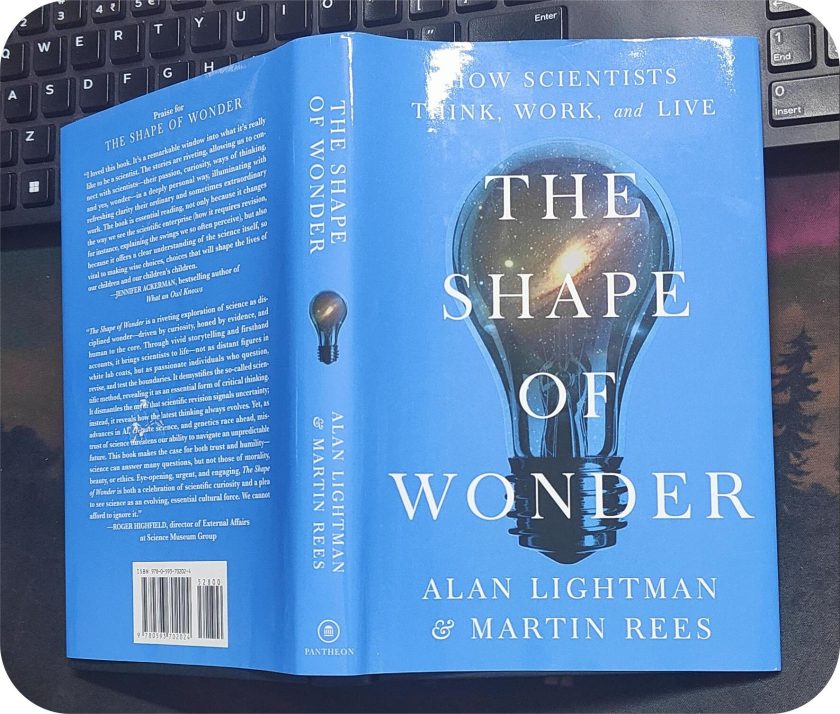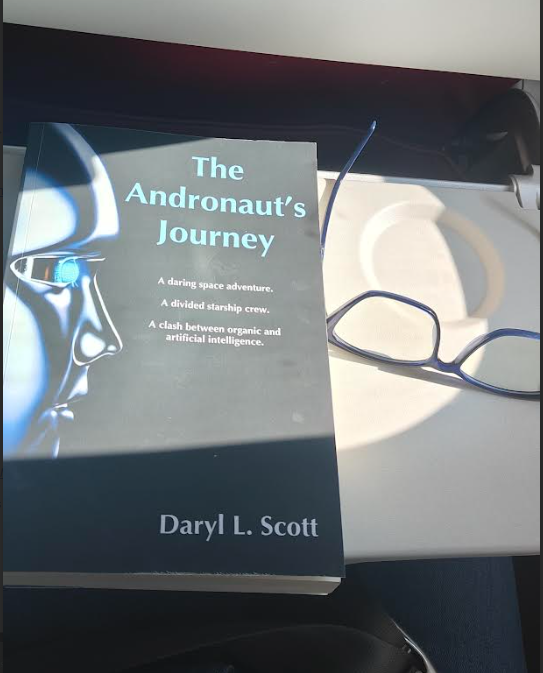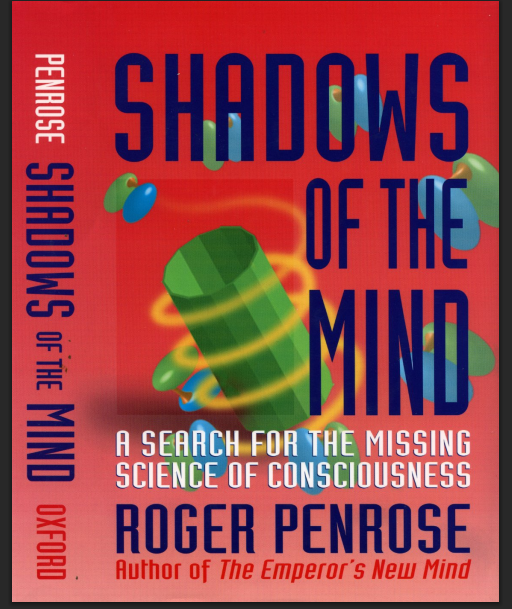
Exactly a year ago, I closed The Emperor’s New Mind by Sir Roger Penrose, slid it onto my bookshelf, and just stood there for a second….The book didn’t just earn a spot on my shelf, it earned a permanent place in my head.
While I was reading the book, it felt, not just reading, but rather, I was thinking with him. And I love that. His ideas don’t rush past you, they unfold, give you space to chew on them, challenge you, and at times, leave you questioning what you thought you understood about reality, time, quantum physics or consciousness.
Sir Penrose has so much to offer, these books were written in the late 80s but the context is very much relevant in contemporary times. I’ve lost count of how many times I’ve skimmed YouTube watching his interviews. There’s a real calm in the way he speaks, and his clarity is incredible.
Anyway, I could easily ramble about The Emperor’s New Mind for hours, but this note’s about the sequel, Shadows of the Mind: A Search for the Missing Science of Consciousness. I finished it last week and decided to finally sit down, gather all the half-scribbled thoughts and underlined passages I’d scattered across notebooks and margins, and shape them into something that looks like a review (but honestly feels more like notes to my future self).
Shadows of the Mind came out in 1994, and it picks up right where the Emperor left off, asking bold questions about consciousness, computation, and whether the brain can be fully explained by algorithms.
Spoiler: Penrose doesn’t think so. And he’s not just musing, he walks you through Gödel’s incompleteness theorems, (I’ve talked about it in my review notes on Gödel, Escher, Bach by Douglas Hofstadter) quantum mechanics, and the possibilities of non-computational processes in human thought.
It’s not an easy read, but it’s worth every re-read. If you’re into questions that don’t have easy answers, and you’re okay feeling a bit lost sometimes (but in good company), Shadows of the Mind is for you. So here are my chapter-wise notes (8 chapters) on the book:
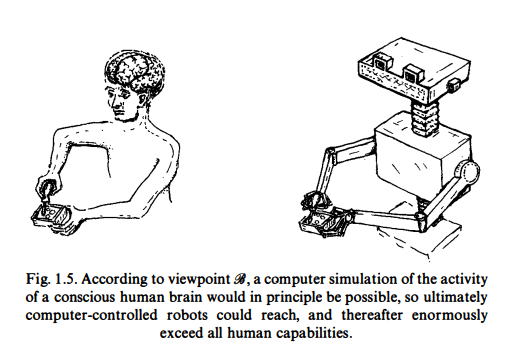
Part I: Why We Need New Physics to Understand the Mind
Chapter 1: Consciousness Isn’t Just Computation
Sir Penrose opens by challenging the idea that the brain is just a really fancy computer. He lays out four different beliefs about how consciousness might work.
- One says the brain is purely computational (like a machine)
- Another says we can simulate the brain with computers but not create consciousness
- Third, his own view, insists that understanding the mind requires totally new physics
- The last is the “mystical” view, which he politely sets aside
He explains that current AI, (we’re talking about 1994 here) , even the best we’ve seen, can simulate some forms of intelligence but lacks real understanding or awareness. Then, he dives into the nature of computation, defined in terms of Turing machines and algorithms, and argues that while machines can handle well-defined procedures, they can’t truly “understand” anything.
Sir Penrose makes a bold claim, which is, there are things the human mind can grasp that no computer, no matter how advanced, ever could. This leads him to the famous Gödel’s incompleteness theorem, which proves that human reasoning can go beyond algorithmic processes. He links this to a “Platonic” view of reality, where truths exist independently of us, and somehow, our minds tap into them.
Chapter 2: Gödel vs. Machines
This chapter is the heart of Sir Penrose’s argument. He explains Gödel’s theorem in an accessible way, for any logical system, there are truths that the system itself can’t prove, but a human can see are true. This isn’t just a philosophical musing, it’s mathematical proof that the mind isn’t following a fixed set of rules like a computer does.
He then thoughtfully deconstructs the standard arguments, like:
- What if we just haven’t found the right algorithm yet?
- What if we’re running multiple algorithms?
He says even then, humans can “see” truths that those systems cannot, and that no algorithm, no matter how cleverly hidden, can account for our full understanding. In simple words, he meant that understanding in general cannot be encapsulated in any finite set of rules and, therefore, cannot be computationally simulated.
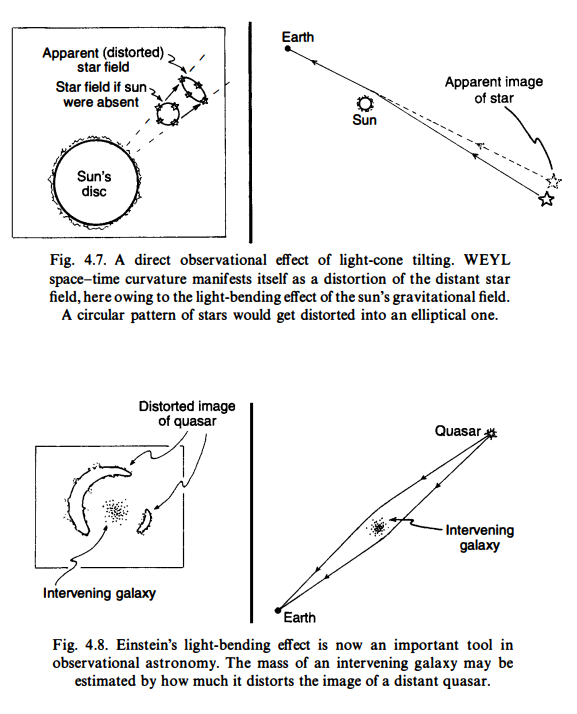
Chapter 3: Why the Mind Can’t Be an Algorithm
He then tackles a deeper question, what if our understanding comes from a hidden or unconscious algorithm? He still says no. Even if it’s an algorithm we know about, don’t know about, or can never know, none of them fit. Why? Because even with the most mysterious algorithm, we’d still end up with contradictions when we try to account for our mathematical insight.
He also argues that evolution wouldn’t naturally choose to develop very complex and mysterious algorithms just to create brains that are very smart in a mathematical way. Therefore, the idea that our consciousness and ability to understand come from such complicated processes doesn’t make sense. In simple terms, our thinking and minds don’t work like simple machines, and trying to make them fit that idea doesn’t work well.
It’s like saying, a gardener planting a variety of seeds. Some seeds grow into simple flowers, while others develop into complex, unpredictable plants. The gardener’s goal is to produce beautiful, healthy plants, not to create a plant with an incomprehensibly complicated structure that no one can understand. Likewise, evolution favors straightforward, useful traits rather than overly complex, unknowable ones.
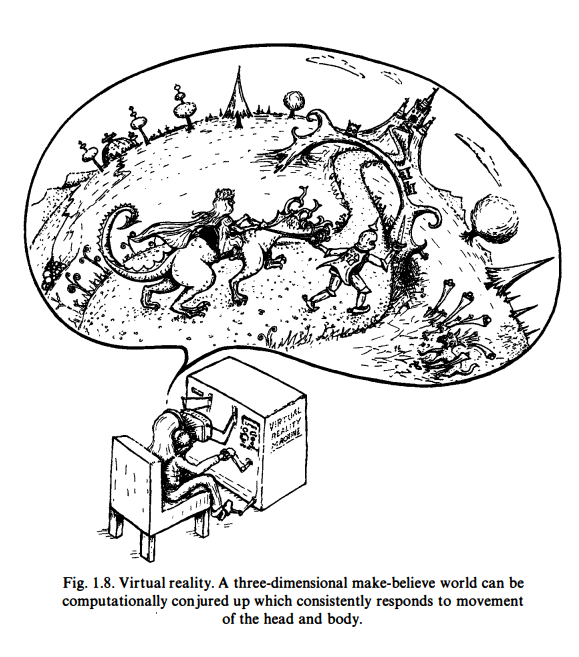
Part II: What Kind of Physics Could Explain the Mind?
Chapter 4: Classical Physics Doesn’t Cut It
Classical physics (Newton, Maxwell, Einstein) is impressive, but fully computational. Even chaotic systems, which feel unpredictable, still follow precise rules. So, if consciousness really is non-computational, as Sir Penrose believes, then classical physics is missing something big.
He also touches on gravity and how it shapes reality in unique ways, suggesting this might be where the “new physics” we’re looking for could start.
Chapter 5: Quantum Weirdness
Here, Sir Penrose talks about the strange world of quantum mechanics. He explains how particles mysteriously communicate over long distances (entanglement) and how quantum systems don’t behave like anything we see in our everyday world.
He introduces fascinating puzzles, like the Elitzur-Vaidman bomb tester, to show how particles can be influenced by things that almost happen.
The Elitzur-Vaidman experiment shows how quantum mechanics allows outcomes based on what didn’t happen. Penrose uses this idea to suggest that consciousness, the awareness and thinking we experience, might involve processes that go beyond normal physical rules. Traditional physics and computers can’t fully explain consciousness, but if the brain uses these special non-classical processes (like in quantum physics), then consciousness might be connected to a kind of deep physics that we haven’t fully understood yet.
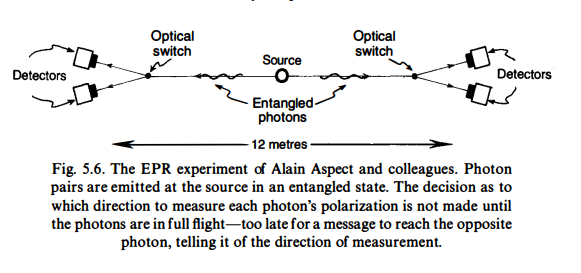
Chapter 6: The Collapse Mystery
One of the biggest questions in quantum theory is what happens when we “measure” something. Quantum objects exist in a state of possibility until we observe them, and then suddenly, they “choose” a reality. This collapse, or what Sir Penrose calls the R-process (reduction process), doesn’t have a solid scientific explanation.
Some physicists say it’s just an illusion or doesn’t need to be explained. Others propose wild ideas like multiple universes. He finds all of these lacking. Instead, he suggests that consciousness itself might be connected to this collapse, and that gravity could be the key trigger that turns possibility into reality.
Sir Penrose speculates that consciousness may be linked to these gravity-induced collapses, that’s what he talks about in the next chapter.
Chapter 7: The Brain and Quantum Magic
In this chapter, he brings all this quantum theory into the biology of the brain. He proposes that the real action isn’t in the neurons, but in the microtubules, tiny structures inside brain cells. These, he says, might support large-scale quantum effects that can’t be explained by current science.
He argues that these microtubules could be where the mysterious, non-computable events he’s talking about actually happen. The fact that anesthesia shuts down consciousness without affecting the neurons much supports this idea, something deeper is going on inside our brains.
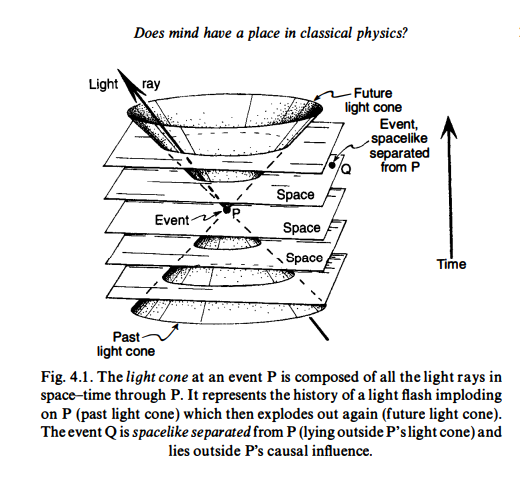
Chapter 8: So What Does It All Mean?
In the final chapter, Sir Penrose steps back and reflects on the implications. If he’s right, then conscious machines (like real AI minds) will never happen using today’s computational methods. To build a conscious machine, we’d need to recreate the mysterious quantum process happening in human brains, a task far beyond our current technology.
He also touches on free will, the nature of truth, and even beauty, arguing that consciousness might give us access to a deeper reality of “Platonic truths”. He ends with a powerful framework of three interlocking mysteries:
- How math fits so perfectly into physical laws.
- How consciousness arises from matter.
- How our minds grasp abstract truths that no algorithm could predict.
To truly solve these mysteries, Sir Penrose says, we’ll need a brand new kind of science, one that rewrites the rules and finally explains what it really means to be aware.
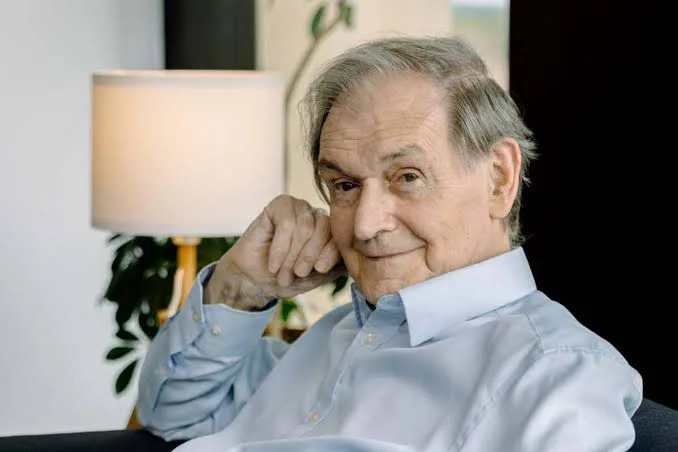
Takeaway
The book is not really about AI or quantum physics but it’s about exploring “what” (and not “who”) we are at the fundamental level.
Sir Penrose thinks we are more than just simple machines or biological computers. He believes we access something deeper and more complex that we don’t fully understand yet. According to him, for consciousness (being aware and having thoughts) to happen, comes from a type of physics or physical process we haven’t discovered yet, which is built into the very fabric of reality.
The idea can be compared to listening to a symphony. Simply reading the sheet music (like analyzing the brain’s computations) isn’t enough to truly experience the music. To really appreciate it, we need to hear the sound, feel its effect, its vibrations, its presence in the air, and let its ineffable qualities resonate within us, qualities that current physics has yet to fully capture or explain.
Isn’t this a profound idea, something to sit and marinate into?

